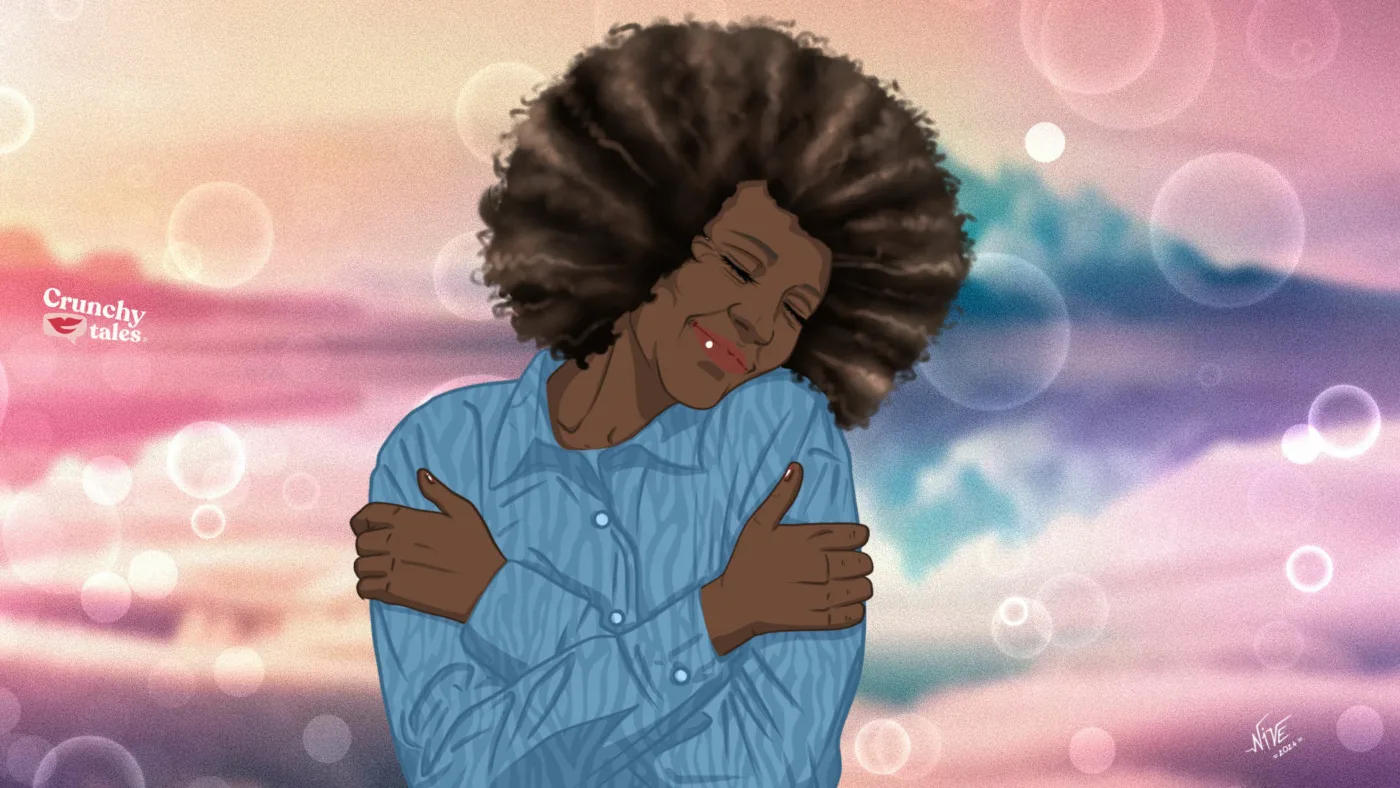Urinary Incontinence, The Ultimate Taboo For Women Over 50
If you’re over 50, you might have noticed these little surprises becoming a bit more common—and you’re definitely not alone! Urinary incontinence affects millions of women, yet it’s often kept hush-hush. The good news? Managing it doesn’t have to be complicated or awkward.
In this article, our women’s health expert Dr.Sherry Ross will help you understand why these leaks happen and, more importantly, what you can do to stay dry, confident, and carefree. With a few simple strategies and lifestyle tweaks, you can take control and keep enjoying every moment, worry-free. So let’s dive in and bring a little lightness to the world of bladder health!
We have all been there before, laughing at a funny joke, jogging, or bending down to pick up something off the floor and suddenly feeling that warm liquid drip down our legs. It’s that moment where we say to ourselves, “WTF!”
Urinary incontinence is no fun, and unfortunately, it can become more common as we age. The American Association of Physicians (AAP) found that 50% of women between the ages of 40 and 60 and almost 75% of women over the age of 75 suffer from urine loss. It’s thought, however, that these statistics lowball the true numbers since urinary incontinence is “underreported.”
In fact, the AAP also found that 50% of women who suffer from incontinence do not report these embarrassing symptoms to their doctors. And to no one’s surprise, stress incontinence affects twice as many women as it does men.
Breaking the silence on urinary incontinence
Problems related to urinary incontinence are as taboo as talking about any other issue related to the vagina.
If you are on social media, you can see the new tidal wave of conversations and information around menopause and embracing healthy ageing for women. But talking about urinary incontinence is embarrassing, affecting social activities and sexual intimacy and no one really wants to admit that it’s happening to them and certainly not to the extent where wearing sanitary pads is part of their daily wardrobe.
The good news is that you’re not alone, and there are steps you can take to regain confidence and control. Talking to your healthcare provider about the right treatment options can open the door to a fuller, more active lifestyle without fear.
So, who is peeing in their pants? Raise your hands? I for one have my hand raised!
Understanding Urinary Incontinence
Urinary incontinence occurs when you actually lose urine and it can be classified as stress or urge incontinence and sometimes they can happen together.
Urge incontinence is when you lose urine unintentionally, unrelated to an activity you may be doing, and it often occurs as a result of an overactive bladder muscle.
Stress incontinence happens when any activity that increases abdominal pressure puts extra strain on the bladder, especially when it’s full. The urethra—the tube that carries urine out of the body—can also weaken over time, making it harder to stay leak-free.
It can strike during everyday actions: coughing, sneezing, laughing, lifting, walking, or even simply standing up or getting out of the car and it comes off when the pelvic floor muscles—those vital internal muscles supporting the bladder—are weakened by factors like childbirth, obesity, constipation, and high-impact exercises over time.
Certain conditions make some women more prone to stress incontinence, including ageing, post menopause and undergoing a hysterectomy. Surprisingly, even genetics play a role, so if Aunt Selma had bladder issues, it could run in the family!
However, while it’s a challenging condition, support and effective treatments are available, offering women the chance to reclaim comfort and confidence in their daily lives.
Taking charge of your incontinence
Treatments can range from simple lifestyle adjustments to medical interventions.
Start with everyday strategies: limit fluid intake, especially in the evening, and consider working with a trained physical therapist to strengthen your pelvic floor muscles.
Kegel exercises are a popular choice for building pelvic strength, while biofeedback technology can help ensure you’re engaging the right muscles. Bladder training is also beneficial, teaching you to empty your bladder regularly to avoid the strain of holding it too long. Additionally, maintaining a healthy lifestyle can help—manage respiratory issues with proper medication, identify any dietary triggers and aim to keep your BMI under 30.
Certain lifestyle habits can worsen stress incontinence, including the consumption of alcohol, caffeine, soda, chocolate, and artificial sweeteners, as well as cigarette smoking. Other contributing factors are urinary tract infections, complications from diabetes, and certain medications that increase urine production or frequency.
Sometimes, keeping track of how often you pee and how much liquid you consume can help identify if you are just drinking a ton of water or if you have a problem with a weak bladder.
A diary can give you valuable insights into your bladder health and help you take proactive steps for the future. This might not be the dream journal you’ve always wanted to keep, but it could reveal whether you’re on a path toward incontinence later in life.
- Are you experiencing leaks during exercise, laughter, or intimacy?
- Do you find yourself waking up at night to use the bathroom?
- How much liquid are you drinking throughout the day—and after dinner?
- Do you ever feel a sensation of heaviness or pressure in your pelvic area?
- Has fear of leaking made you avoid social gatherings?
To provide peace of mind when bathroom access might be limited or leaks are unpredictable, there are products like absorbent pads, adult briefs, and portable urinals that have become a part of daily life to manage leaks, especially during activities like exercise and travel.
Other options for treating urinary incontinence
Medication options are also available and can be discussed with a urologist to find the best fit for your needs who can perform special tests to make an accurate diagnosis and treatment plan.
Depending on the case, some women benefit from using a vaginal pessary, a soft ring that helps keep the bladder in place, offering symptom relief without surgery. Botox injections are another option, offering up to 90% improvement over a year for those with urge incontinence—but remember, Botox for incontinence should only be administered by a urologist.
When incontinence becomes highly disruptive, surgical options may provide relief. Procedures like sling surgeries and colposuspension are commonly performed to support the bladder and urethra, reducing symptoms and offering long-term help. Sling procedures are particularly popular for supporting the urethra, while urethral “bulking agents” can help reinforce weakened muscles, often affected by ageing.
For more complex cases of urinary incontinence, advanced surgical options are available and should be thoroughly discussed with your specialist to ensure the best outcome for your lifestyle and health goals.
While urinary incontinence may be a part of life for many women, it doesn’t have to control your life. With the right strategies, treatments, and a sense of humor, you can stay active, social, and feel like yourself again. Remember, you’re not alone on this journey, and there are plenty of solutions to help you reclaim confidence and freedom. So go ahead, laugh, dance, sneeze, and live fully—knowing you’ve got this.
No one should ever be embarrassed about their bladder incontinence, trust me you are in good company!
Like this post? Support Us or Sign up to our newsletter to get more articles like this delivered straight to your inbox!







It would have been helpful if your writer did a bit more research to include that for some people, like myself, a second sling surgery was required, so if any of your readers are experiencing the same symptoms as before surgery, they may find hope in knowing a second surgery is potentially a viable option.